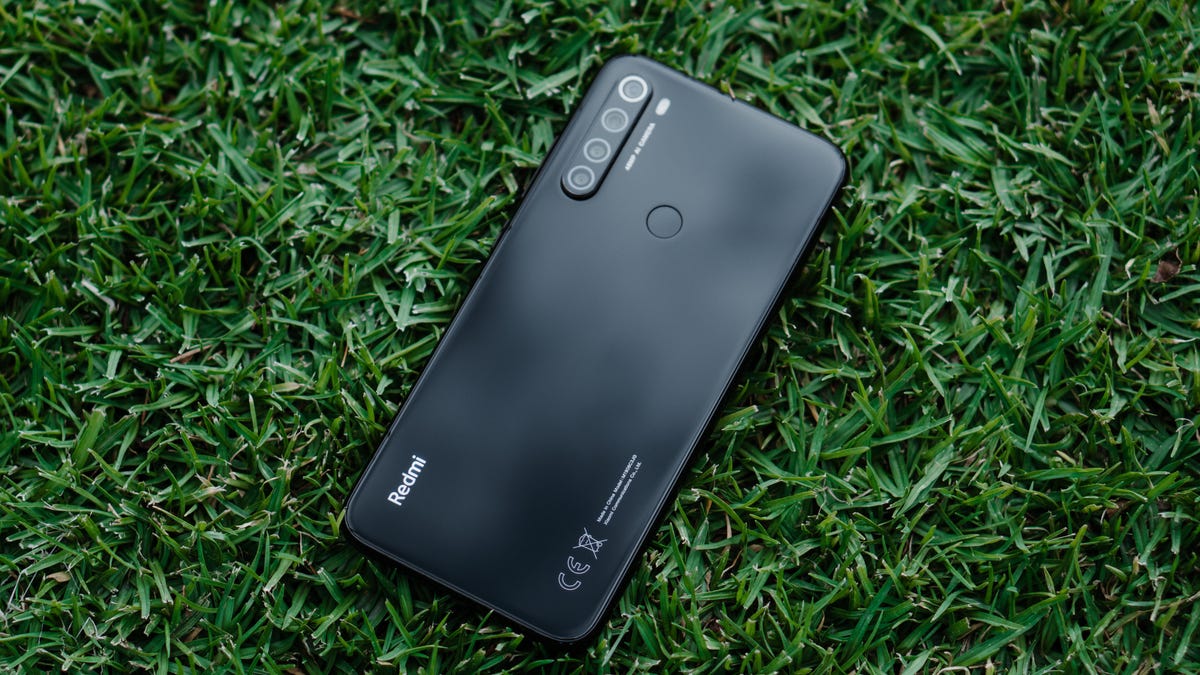4G isn't dead yet: Qualcomm unveils LTE-versions of its midrange Snapdragon chips
The company late Monday introduced three new 4G processors to tap into markets like India.

Companies like Xiaomi plan to use Qualcomm's new 4G Snapdragon processors.
Tech companies can't stop talking about 5G, but chip giant Qualcomm has still got plenty in store for 4G: three new LTE processors for midrange and lower-end phones.
The company late Monday unveiled its Snapdragon 720G, 662 and 460 processors to give less expensive phones faster 4G connectivity. The new chips also have Wi-Fi 6 and Bluetooth 5.2, as well tech to improve a phone's artificial intelligence and photography capabilities.
Xiaomi is one company that plans to use the Snapdragon 720G, which is geared for gaming phones. The processor is similar to Qualcomm's 765G, which gives gaming phones integrated 5G connectivity. Other handset makers in India, like Realme, also have said they'll use Qualcomm's new 4G processors this year.
The company said devices using the Snapdragon 720G will hit the market this quarter, while phones based on the Snapdragon 662 and 460 will be available by the end of 2020.
"Obviously we've been playing a very big role ... [in] enabling 5G in the market," Kedar Kondap, Qualcomm vice president of product management, said in a call with reporters ahead of the news. "But there continues to be a pretty strong user base of 4G users all over the globe. "
Of the 8 billion cellular connections last year, half of those used 4G, he said.
"We have a very strong user base and want to make sure we're offering our users a good experience in terms of 4G," Kondap said.
5G is touted as a game-changing technology, with the ability to dramatically boost the speed and coverage of wireless networks. It can run between 10 and 100 times faster than your typical 4G cellular connection today. The move from 4G to 5G is different from past network upgrades. 5G isn't replacing 4G, like how 4G overtook 3G. Instead, 5G is building on 4G LTE, using updated radios and software.
4G's long life
While 5G could become mainstream in places like the US as soon as this year, it could take much longer to spread across developing markets or even rural areas. At the same time carriers are updating their 5G networks, they're also increasing the speeds of their 4G networks. And even in places with widespread 5G coverage, phones will need to fall back on 4G networks. That means 4G is going to stick around for a long time.
By 2025, 15% of mobile connections in the world will be on 5G, according to a 2019 report by GSMA Intelligence, the research arm of the mobile operator group that hosts Mobile World Congress. But LTE usage will be about 59% by the same year, up from 43% in 2018. (In North America, the split will be more even, with about 47% of 2025's connections on 5G and 44% on 4G). Even if 5G becomes an even bigger part of the market by 2025 than estimated today, "it will complement rather than replace LTE," GSMA said in a separate report from 2018.
Qualcomm's new chips are largely geared at places like India, where 5G likely will take longer to catch on. But they also could be popular in some segments of the US market, Kondap said. Right now, Qualcomm's 5G chips are geared at high-end phones and some slightly less expensive devices.
"For the tier below, there's still a material 4G user base even in the US and mature markets," Kondap said. "We do expect for us to be able to bring some of these [processors] to other regions outside of obviously India, Southeast Asia or Latin America."
While Qualcomm's highest-end chips power devices like Samsung's flagship phones, the company's 7-series chips and below have become popular with handset markets. Motorola and TCL are a couple companies that often tap into the 7-series for their new devices. Qualcomm said that more than 85 devices have used its Snapdragon 7-series, more than 1,600 have used its 6-series and over 2,500 have tapped the 4-series.
The company's Snapdragon 720G provides smooth HDR game play and realistic graphics. It also lets users shoot 4G video or 192-megapixel photos and has Qualcomm's newest, fifth-generation AI engine that's also found in its higher-end processors. The technology "will enable a host of new AI experiences for gaming, photography, voice assistants and virtually always-on contextual awareness," the company said.
The Snapdragon 720G also comes with an integrated X15 LTE modem that's capable of download speeds of up to 800 Mbps.
The Snapdragon 662 supports triple camera configurations, a first for the company's 6-series chips. It will also have Qualcomm's third-generation AI engine to let phone makers add things like avatars, night photography and face and voice authentication to cheaper phones. The processor comes integrated with the new X11 LTE modem that can download data at up to 390 Mbps.
And the Snapdragon 460, aimed at cheap phones, gets a big boost in performance and connectivity speeds. The new CPU is 70% faster than the chip's predecessor, the Snapdragon 450, while the GPU is 60% faster. Overall the system's performance is double that of the older chip. Like the Snapdragon 662, the Snapdragon 460 also includes the third-generation AI engine and an integrated X11 modem.

